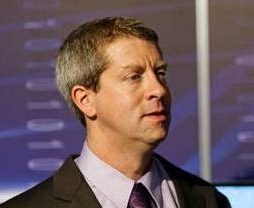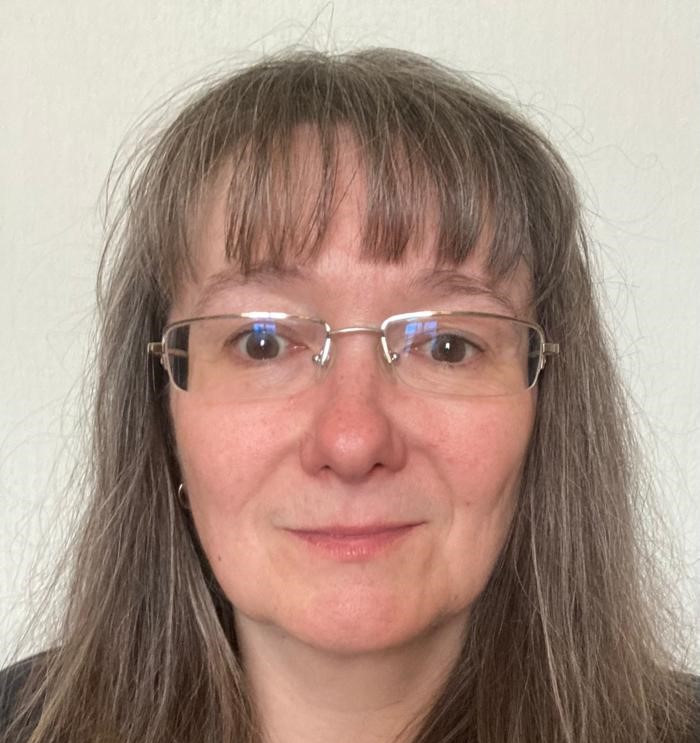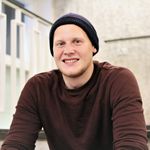Programme
Cadenza-2023 will be a one-day online workshop.
Programme will be available soon
| GMT | US East | Taipei | |
| 12:00 | 07:00 | 20:00 | Welcome |
| 12:10 | 07:10 | 20:10 | Keynote 1 |
| 12:40 | 07:40 | 20:40 | Cadenza 1 - Overview / Results |
| 13:10 | 08:10 | 21:10 | Break |
| 13:20 | 08:20 | 21:20 | Challenge papers |
| 14:20 | 09:20 | 22:20 | Break |
| 14:30 | 09:30 | 22:30 | Cadenza Team Submissions |
| 15:00 | 10:00 | 23:00 | Invited Talks |
| 15:55 | 10:55 | 23:55 | Future Challenges |
| 16:10 | 11:10 | 24:100 | Close |
Keynote 1
| 12:10-12:40 | Intelligent mixing for the hearing impaired (Queen Mary University of London) |

Joshua Reiss Centre for Digital Music at Queen Mary University of London, UK
Intelligent mixing for the hearing impaired
Intelligent mixing for the hearing impaired
Abstract
Hearing aids are limited in how they can address the enjoyment of produced audio content, partly due to the fact that they can only apply processing on the mixed content received by the listener. However, music and broadcast content may be distributed as multitracks, where individual sources or groups of sources are stored separately, allowing for them to be remixed for different situations. In particular, they may be mixed for a given listener hearing profile. Furthermore, hearing loss simulators allow one to establish the profile of hearing impaired listeners. In this talk, we will discuss recent attempts to automatically re-mix multitrack music content such that the new content, when passed through a hearing loss simulator, will sound as close as possible to how the original mix sounds to normal hearing listeners. The focus here is not on the de-mixing or presence of noise aspects of recent Cadenza challenges, but the potential scenarios that arise when high quality multitracks can be accessed. We will also discuss the challenges in this area of research, and the opportunities for delivering far superior and customised audio content for listeners with hearing impairments.
Bio
Joshua Reiss is Professor of Audio Engineering with the Centre for Digital Music at Queen Mary University of London. He has published more than 200 scientific papers (including over 50 in premier journals and 7 best paper awards) and co-authored three books. His research has been featured in dozens of original articles and interviews on TV, radio, and in the press. He is a Fellow and Past President of the Audio Engineering Society, and chair of their Publications Policy Committee. He co-founded the highly successful spin-out company, LandR, and recently co-founded Waveshaper AI, RoEx and Nemisindo, also based on his team’s research. He maintains a popular blog, YouTube channel, and Twitter feed for scientific education and dissemination of research activities.
Cadenza Challenge papers
| 12:40-13:10 | The First Cadenza Signal Processing Challenge [Recording] [Slides] (1University of Nottingham; 2University of Leeds; 3University of Sheffield; 4University of Salford) |
| 13:20-13:35 | Better Music Demixing with the sliCQ Transform [Recording] [Slides] [Paper] (Montréal, Canada) |
| 13:35-13:50 | Advancing Auditory Enhancement: Integration of Demucs and Advanced Remixing Techniques in The Cadenza Challenge 2023 [Recording] [Slides] [Paper] (University of Leeds, Leeds, UK) |
| 13:50-14:05 | The Cadenza Challenge – Task 1 - Sleeter [Recording] [Slides] [Paper] (University of Leeds, Leeds, UK) |
| 14:05-14:20 | Audio Mixing and Stem Proportions Adjustment [Recording] [Slides] [Paper] (Academia Sinica, Taiwan) |
| 14:30-15:00 | Cadenza Team Submissions [Recording] [Slides] (1University of Nottingham; 2University of Leeds; 3University of Sheffield; 4University of Salford) |
Invited talks
| 15:00-15:15 | Who, Where, When, Why, What and How of listening to music via hearing aids |
| 15:15-15:35 | The Development and Application of the New Musical Scene Analysis Test [Slides] (Universität Oldenburg, Germany) |
| 15:35-15:55 | Mixing preferences of hearing-impaired listeners [Recording] (Universität Oldenburg, Germany) |

Katherine Phipps
Who, Where, When, Why, What and How of listening to music via hearing aids
Who, Where, When, Why, What and How of listening to music via hearing aids
Bio
Katherine became severely – profoundly deafened in her late teens, and was the first person in Scotland to get digital hearing aids on the NHS. She has over 25 years of experience working in voluntary and public sector organisations, mainly in the field of deafness and disability. She was a director at RNID, Vice Chair at United Kingdom Council on Deafness (UKCoD), and a board member of the National Register for Communication Professionals for Deaf and Deafblind People (NRCPD). She has an MSc in Inclusive Environments: Design & Management and is a qualified Access Consultant.

Robin Hake Universität Oldenburg, Germany
The Development and Application of the New Musical Scene Analysis Test
The Development and Application of the New Musical Scene Analysis Test
Abstract
Auditory Scene Analysis (ASA) is a fundamental process in music perception, enabling listeners to organize complex acoustic environments into coherent auditory streams. This talk first introduces the newly developed Musical Scene Analysis (MSA) test, an adaptive tool designed to assess musical ASA abilities for a diverse audience, including both normal-hearing and hearing-impaired individuals. The MSA test is distinguished by its adaptability and the use of ecologically valid, realistic stimuli, which render it particularly effective at modeling individual differences in musical ASA abilities. The second part of this talk will delve into these individual differences, examining how factors such as age, musical sophistication, hearing impairment, and cognitive functions can influence ASA abilities.
Bio
Currently, as a PhD student at the Music Perception and Processing Lab under Dr. Kai Siedenburg (University of Oldenburg), Robin Hake is engaged in research on Auditory Scene Analysis (ASA) in music. Specifically, he focuses on modelling individual differences in ASA within a musical context for normal-hearing and hearing-impaired individuals. With a background in psychology (University of Groningen), Robin’s academic journey has been marked by a keen interest in understanding the processes that drive music perception.

Aravindan Benjamin Universität Oldenburg, Germany
Mixing preferences of hearing-impaired listeners
Mixing preferences of hearing-impaired listeners
Abstract
Multi-track mixing is an essential practice in modern music production. Several studies have investigated mixing preferences among normal hearing (NH) participants but relatively fewer studies consider hearing impaired (HI) participants. In this study, the subjective mixing preferences of NH and HI listeners was investigated with respect to lead-to-accompaniment level ratios and the low-high frequency spectral energy balance. Furthermore, preferences of transformed equalization were assessed, achieved by linearly extrapolating between the power spectrum of individual tracks and a reference spectrum. It was evident that increasing levels of hearing loss among the participants brought about higher preferences in enhanced vocal levels, larger weightings at higher frequencies (> 1 kHz), and transformed equalization yielding spectrally sparser mixes. To assess if spectrally sparser mixes would also increase mix transparency as measured with a task of musical scene analysis, an independent study was conducted. Results suggest that modifying mixes can make them more accessible to HI and also that sparser mixes may mitigate the depreciation of MSA performance brought on by hearing loss.
Bio
Aravindan Joseph Benjamin, an audio engineer by specialty, obtained a Bachelor of engineering degree in electronic and communication engineering at the Northumbria University in the United Kingdom and a Master of Science degree in electronic media technology at the Technical University of Ilmenau in Germany. His areas of expertise include: music signal processing, psychoacoustics, head-tracking-based dynamic binaural auralization of virtual room acoustics, algorithms for the simulation of virtual room acoustics, audio coding and compression, and electroacoustics. He is currently pursuing his doctorate in music processing for hearing impaired listeners at the music perception and processing laboratory at the Carl von Ossietzky University in Oldenburg. His research areas include pre-processing techniques in multi-track music for listeners with moderate hearing loss and the influence of frequency domain sparsity on music scene analysis abilities among such liseners.
Cadenza Challenge plans
| 16:10-16:30 | CAD2 plans and discussion [Slides] (1University of Nottingham; 2University of Leeds; 3University of Sheffield; 4University of Salford) |

